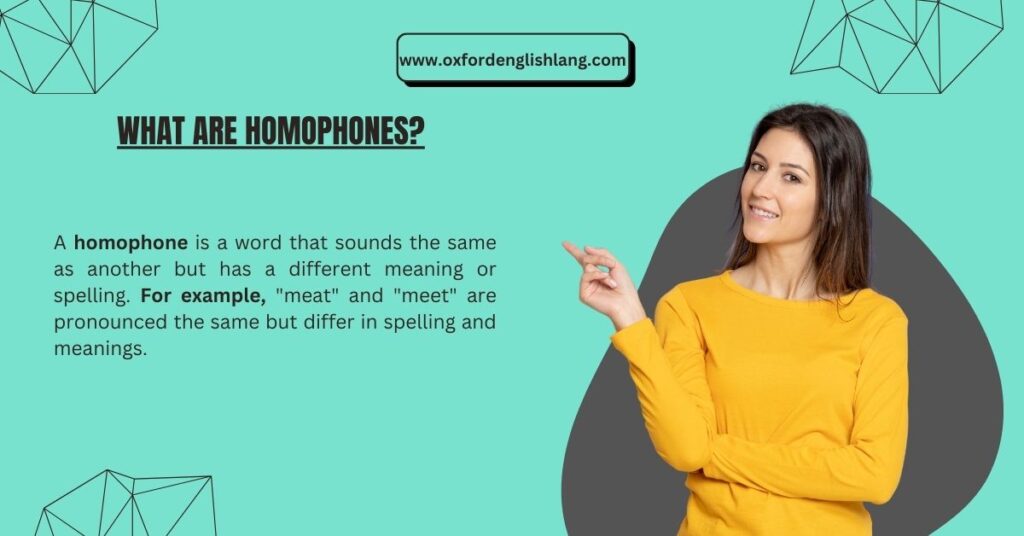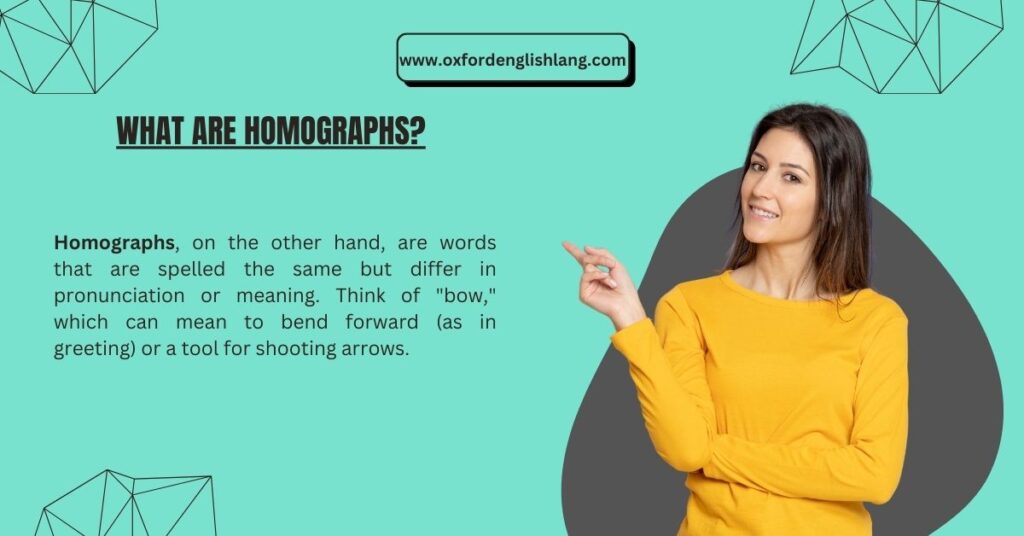The English language can often feel tricky and even vexatious due to the abundance of words that look or sound similar but have entirely different meanings. Words like these aren’t just confusing; they pose a real challenge for anyone trying to master the language, especially when it comes to spelling and pronunciation.
Think of homophones, homographs, and homonyms—terms that describe different kinds of words that either sound the same, are spelled differently, or overlap in more complicated ways. The fact that these terms themselves can be confusing doesn’t help, but with the right approach, it’s possible to understand their basics and tackle this linguistic puzzle with plenty of confidence.
To elaborate, consider how spoken and written language present unique challenges. In spoken communication, sound takes precedence, so knowing the correct pronunciation of words like “lead” (which can be led or leed) is critical.
On the other hand, in written English, it’s essential to avoid confusion by writing the right word, such as “week” instead of “weak.” These distinctions teach us that learning these terms isn’t just about rote memorization; it’s about recognizing the overlap between how words are used in context and their subtle differences.
By breaking this down with clear examples and elaborating on their usage, we can navigate these kinds of words with ease and turn what feels like a complicated task into a manageable one.
Homophone Vs Homonym Vs Homograph: Quick Summary
Homophones are words that sound the same but have different meanings, like “buy” and “bye.” Homographs, on the other hand, are spelled the same but may be pronounced differently, such as “bass” (the fish) and “bass” (the instrument). Homonyms can be either or even both, like “bark,” which refers to a tree or a dog’s sound.
These terms come from Greek roots: phonos (sound), graphein (to write), and onyma (name), making their etymology an easy way to remember the differences.
You Might also like: Confused by Shown vs Showed? Read This
Homophones vs. Homographs vs. Homonyms: Key Difference
When it comes to homophones, homographs, and homonyms, the English language can feel like a maze. These terms often confuse learners, but understanding their distinctions can help you master their usage.
What Are Homophones?

A homophone is a word that sounds the same as another but has a different meaning or spelling. For example, “meat” and “meet” are pronounced the same but differ in spelling and meanings.
Homophones are all about sound. Words like “blue” and “blew” or “their” and “they’re” sound identical but convey completely different ideas. This similarity in pronunciation but difference in meaning can lead to confusion, especially for learners of English. To remember, break down the term: “homo” means same, and “phonē” means sound in Greek.
Using homophones correctly requires attention to context. For instance, “hour” and “our” may sound the same, but they serve entirely different roles in a sentence. A good guide for mastering homophones is to rely on tools like Language Tool, a grammar checker that can identify errors in your writing.
Homophone examples
- There and their
- To, too, and two
- Its and it’s
- Your and you’re
- By, buy, and bye
- I and eye
- See and sea
- Dear and deer
- Bare and bear
- Hair and hare
- Here and hear
- Air and heir
- Where and wear
- Pair, pear, and pare
- Fair and fare
- Right, write, and rite
- Sight, site, and cite
- Steal and steel
- Plain and plane
- Sale and sail
What Are Homographs?

Homographs, on the other hand, are words that are spelled the same but differ in pronunciation or meaning. Think of “bow,” which can mean to bend forward (as in greeting) or a tool for shooting arrows. The word “minute” is another great example: it can refer to sixty seconds or something small depending on how it’s pronounced.
Homographs are all about spelling. These words are written the same way but can have different meanings or pronunciations. For example, “tear” can refer to a drop of liquid from the eye or the act of ripping something apart.
Another common example is “bass,” which can mean a type of fish or a low-pitched sound. The stressed syllable often changes the meaning or pronunciation of a homograph.
Learning homographs is essential because their dual meanings can make sentences tricky to understand. For example, “desert” can mean an arid region or the act of abandoning someone. The context of the sentence is your best clue to interpreting homographs correctly.
Homographs that are pronounced differently
- Tear – (noun) a drop of liquid from the eye vs. (verb) to rip something apart
- Lead – (noun) a heavy metal vs. (verb) to guide or direct
- Minute – (noun) 60 seconds vs. (adjective) very small
- Bow – (noun) a ribbon tied in a decorative way vs. (verb) to bend forward
- Polish – (adjective) from Poland vs. (verb) to make something shiny
- Bass – (noun) a type of fish vs. (noun) a low-frequency sound or instrument
Homographs that are pronounced the same
- Ring – (noun) a piece of jewelry vs. (noun) the sound a phone makes
- Fan – (noun) a device that blows air vs. (noun) a person who admires someone
- Band – (noun) a music group vs. (noun) a ring or strap
- Kind – (adjective) gentle vs. (noun) a type or category
- Part – (noun) a piece of something vs. (verb) to separate or divide
What Are Homonyms?
Homonyms serve as an umbrella term that includes both homophones and homographs. For example, “lead” can refer to a chemical element or the act of guiding someone.
Homonyms are where things get even more interesting. These words combine the features of both homophones and homographs, meaning they’re spelled and pronounced the same but have different meanings.
For instance, “train” can refer to a mode of transport or a series of mental or physical exercises. Similarly, “bark” could mean the sound a dog makes or the outer covering of a tree. Because homonyms can belong to multiple categories, they are among the most confusing aspects of English.
Dictionaries often list homonyms under both noun and verb entries to highlight their dual roles. For example, “lead” can signify a metal or the act of being in front.
Tricks for Keeping them Apart
To help distinguish between homophone, homograph, and homonym, it’s useful to understand their etymology. Homophone comes from the Greek -phōnos, meaning “sounding,” while homograph is derived from graphein, meaning “to write.” A homonym comes from the Greek onyma, meaning “name.”
The root of these words can guide you in remembering their differences. Homophones are words that sound the same, homographs are words that are spelled the same, and homonyms are words that have the same name but different meanings. Assistance from their similar origins can be helpful when trying to keep them apart.

david Miller is an experienced English language expert with a deep passion for helping others communicate effectively and confidently. With a background in linguistics and literature, He provides clear, accessible insights on grammar, writing, and communication strategies. Through well-researched articles and practical advice, David Miller aims to make language learning both inspiring and achievable for readers of all levels.


